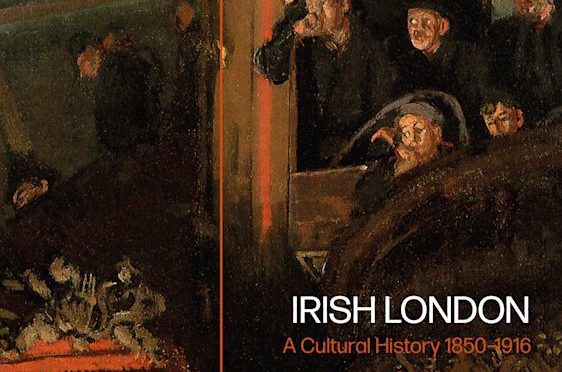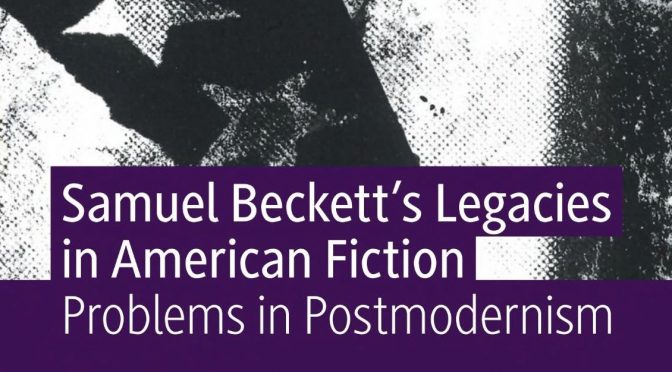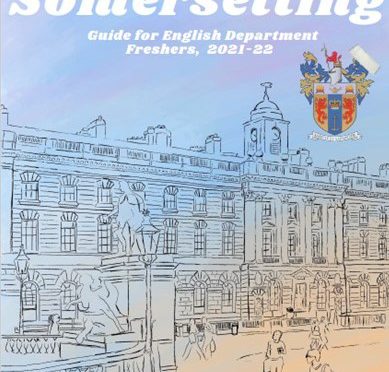By Richard Kirkland
Written by Professor of Irish Literature & Cultural Theory Richard Kirkland, Irish London: A Cultural History 1850-1916 was published by Bloomsbury in September 2021, and has a paperback release forthcoming in 2022.
What drew you to this subject?
I’ve always written about Irish culture – it’s been my life really – and in the area of Camden where I live the history of Irish London is inescapable and compelling. So I hoped the book would be a way of connecting my research interests with my day-to-day experience and the friends I have here. I’ve also thought a good deal about London itself over the years, partly because it is such a strong research and teaching area in the English department. In fact, so many of the events I describe in the book happened within a few hundred yards of what is now the Virginia Woolf Building!
Continue reading New Book Releases: ‘Irish London: A Cultural History 1850-1916’




